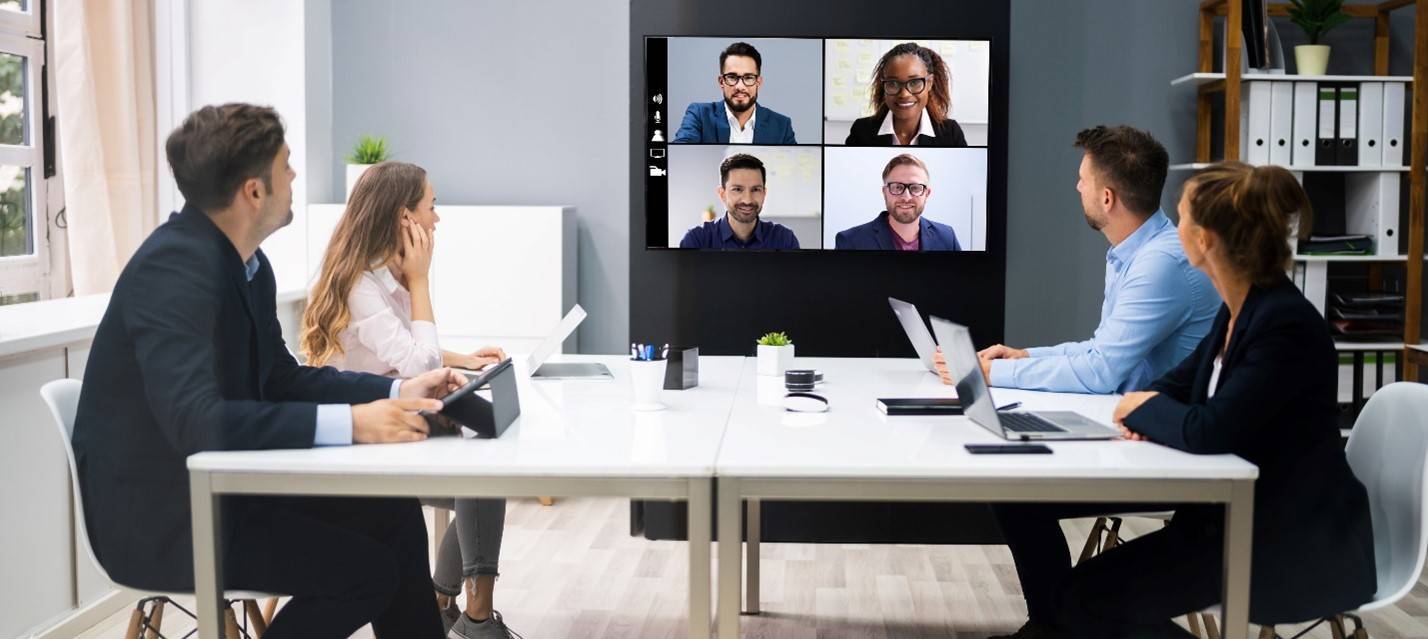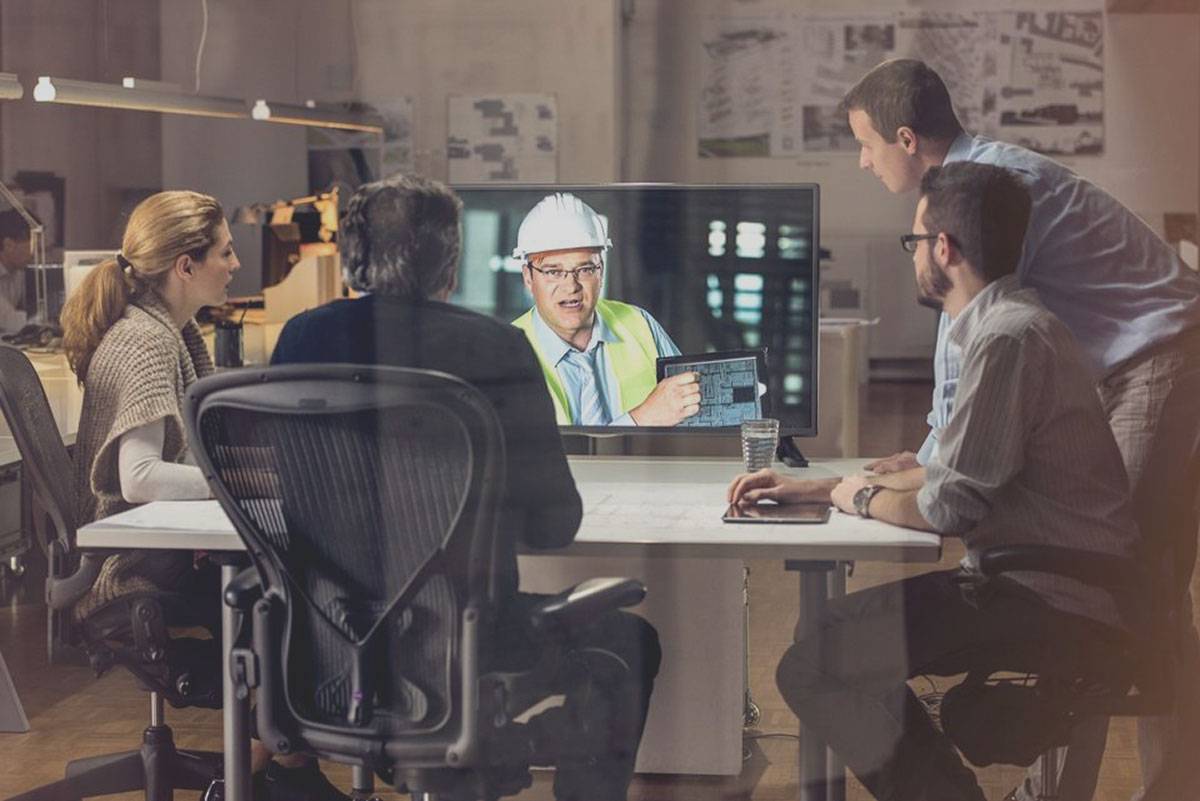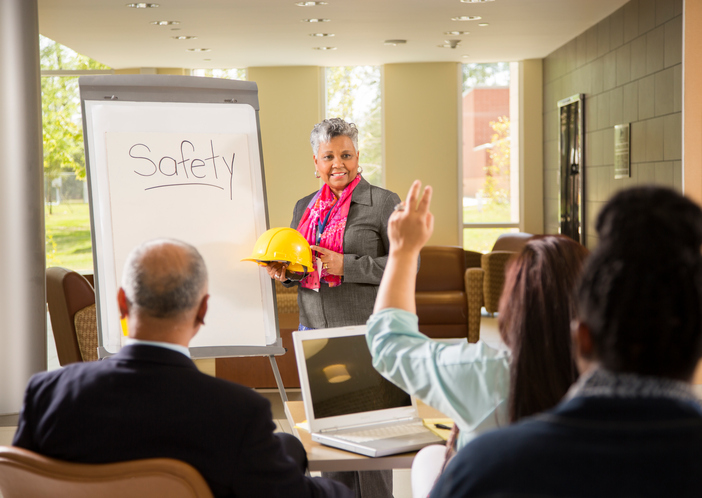Facilitation Training for Experienced Trainers
Techniques to refresh your skills for maximum learner engagement
Throughout the class, participants apply the principles of The Orderly Conversation® to their own real-life training content.
Successful participants will learn to
- Engage learners in a productive and efficient learning conversation
- Frame the training with clear expectations and learning objectives so that learners understand why they should participate and how it applies to the work they do
- Create the conditions for a fruitful exchange of ideas and facilitate the learning process
- Deliver visuals effectively (even when prepared by others), including slides, handouts, charts, and white boards
- Be concise
- Listen effectively to connect dots and identify common themes
- Take advantage of the power of story
- Encourage and control discussions
- Document discussions using flip charts or white boards
- Work with scribes and co-facilitators
- Manage difficult people and situations
- Set up and debrief learning activities
- Provide productive learner feedback using the Turpin Communication SORT Coaching Model (Self-assessment, Observation, Recommendation, Tied back to goal)
- Ensure that business objectives are met
Attendees receive a copy of The Orderly Conversation: Business Presentations Redefined
“You have changed the way I produce my materials, prepare for live-sessions, and present the information. These new skill-sets that you have introduced to me have truly added excitement and have increased the level of professional standards to this project.” Jodi C.
Additional Post-Workshop Skill-Reinforcement Options
In addition to the skill-reinforcement resources included in eCoach, consider these options:
Manager Support Program: Managers play a critical role in helping employees apply what they learn in class to the situations they face outside of it. To help managers support the learning, and when appropriate to do so, we provide guidance for setting expectations prior to the workshop and for providing support after.
Facilitating Learning in the Virtual Environment: If SMEs deliver portions of their training content virtually, consider adding a virtual session after the face-to-face workshop. Building off what has come before, participants deliver another portion of their training working on being easy to follow in the virtual space, setting up and debriefing virtual activities, managing the complexities of virtual and hybrid discussions, and using the camera effectively.
Communication Training Yields Business Results
We believe that business communication training must focus on business results: making work easier, employees more successful, workplaces more cooperative, and goals more attainable.
Getting Business Done and Growing Leadership Capability: Everything we do is designed to help people get business done and grow their capabilities. While a particular workshop may focus on a specific business goal—closing a deal, making a decision, learning something new, or gaining alignment—every workshop is designed to help the participants be more comfortable, effective, and confident communicators. When employees communicate more effectively, leadership capability increases and careers advance. This brings positive results to your team and company.
Private Coaching and Video Review: Capturing learners on video as they work on their real-life content, which is followed by private video playback and coaching, is an essential element of this training. It helps workshop participants understand their natural strengths (and weaknesses). As they grow their self-awareness, they can apply what they learn in class to the variety of situations they face outside of it.























